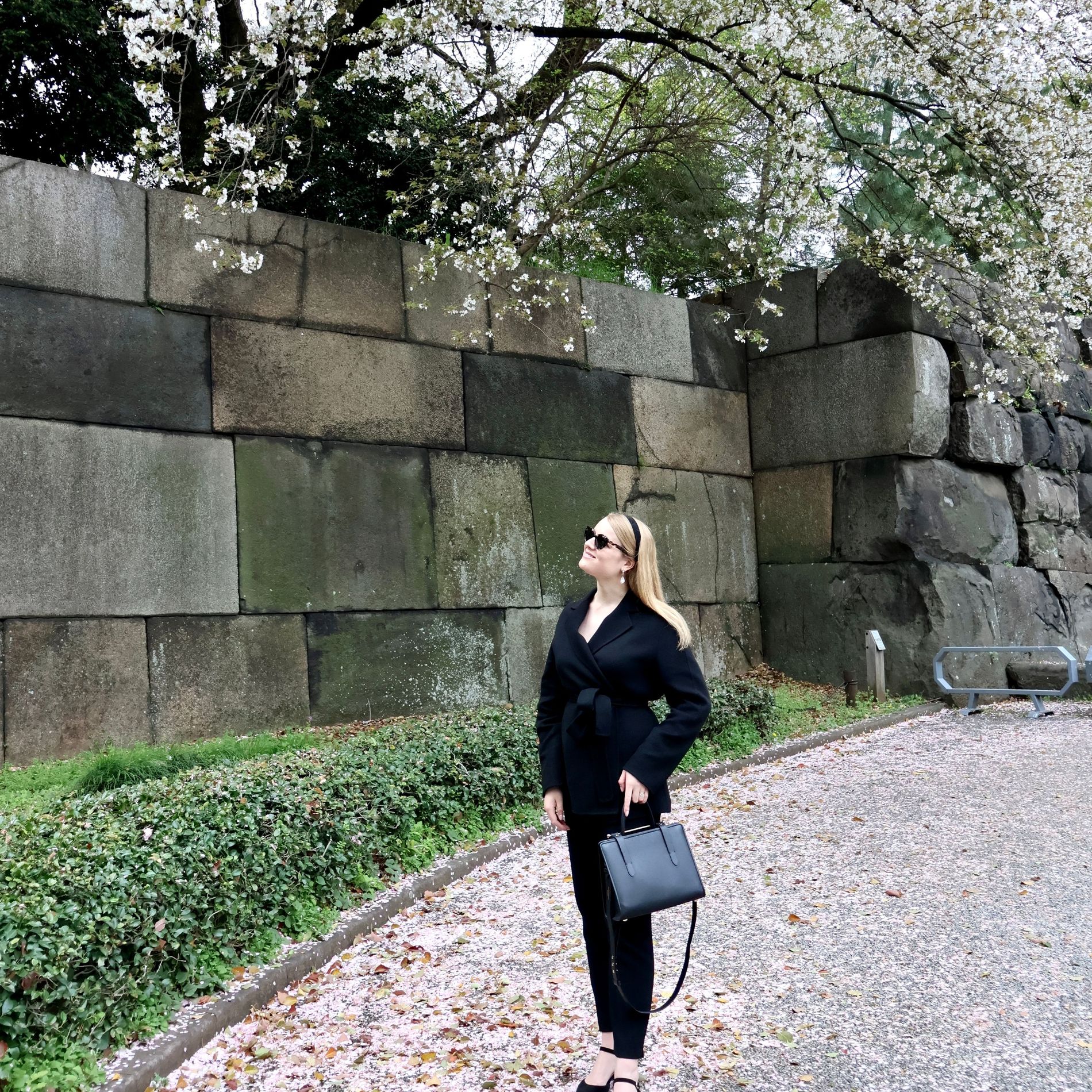With the cherry blossom currently in full bloom, art historian and broadcaster Flora Vesterberg shares her top Tokyo recommendations, as she explores the ever-evolving cultural dialogue between Japan and Scandinavia
Over the past few years, I’ve dreamt of exploring the serene gardens and museums of Tokyo during the sakura or cherry blossom season. My Swedish husband Timothy and I collect ukiyo-e (Japanese woodblock prints and paintings) so it was an easy decision to spend our honeymoon travelling through Japan, albeit somewhat belated to allow for the country to completely reopen following the pandemic. We booked our flights earlier this year and began devising an art-focused itinerary.
Advertisement
We arrived in Tokyo early on a cold spring morning, with cherry blossoms beginning to fall like snowflakes on the otherwise immaculate streets. Observing others gathering in Japanese parks to celebrate the changing seasons reminded me of the ritual of celebrating Midsummer with friends on the Stockholm archipelago every year.
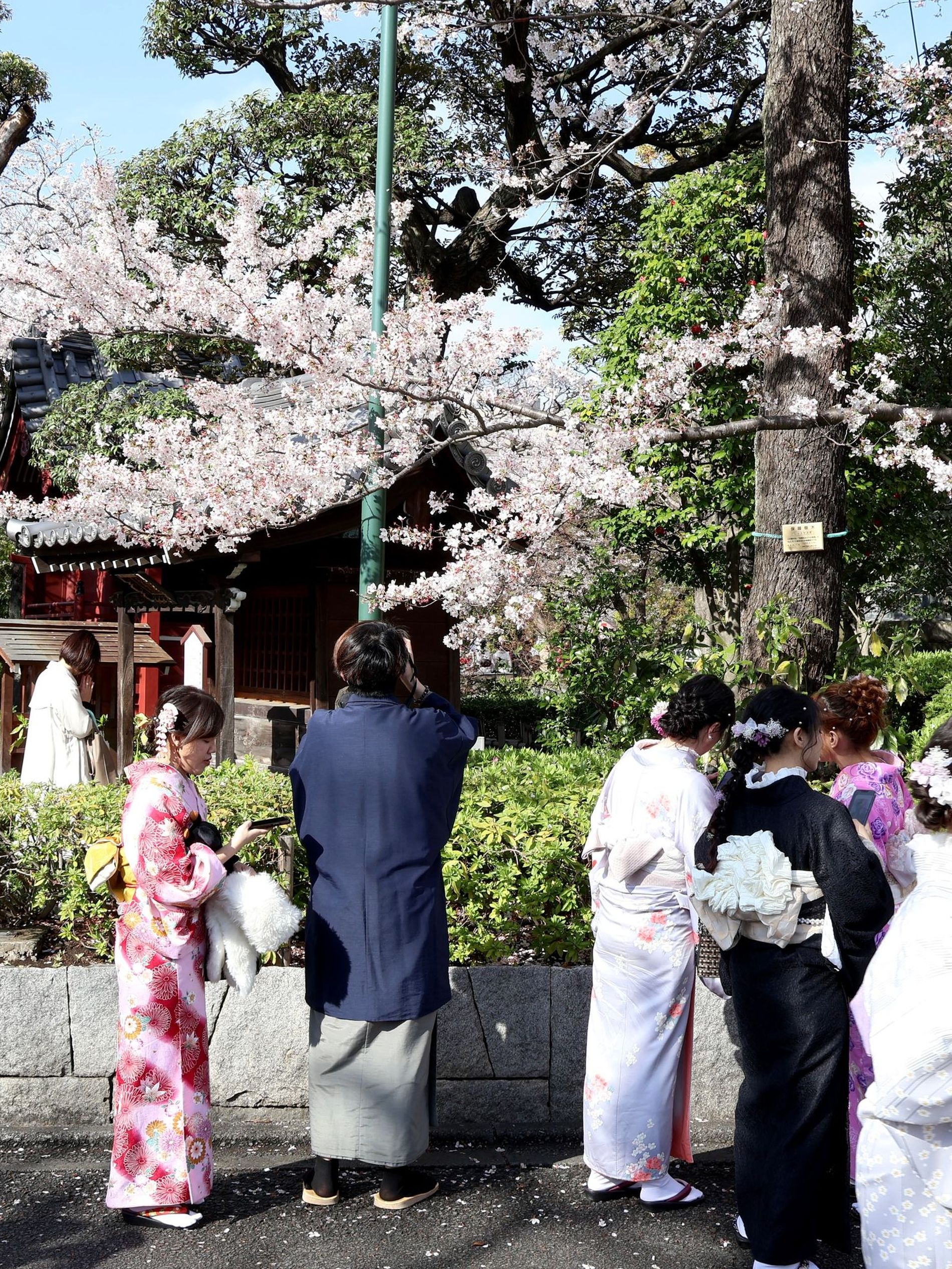
Sensō-Ji Temple. Photo: Flora Vesterberg

Sakura Road. Photo: Timothy Vesterberg
The breathtaking view from our bedroom at Shangri-La Tokyo was reminiscent of the opening scenes of Sofia Coppola’s iconic Lost in Translation. Its perfect location was within walking distance of the galleries and unique concept stores of neighbouring Ginza as well as the peaceful East Gardens of the Imperial Palace. An unmissable experience is the depachika (basement level food halls) within Mitsukoshi Ginza for unparalleled matcha and gift-wrapped strawberries. Our hotel being close to Tokyo Station made it even more tempting to spend a few hours at the Hakone Open-Air Museum followed by sushi at Yamahiko Zushi and revitalising onsen.
When I said I’d be in Tokyo, my friend Julia Loomis, a film producer in New York, introduced me to Hanako Maeda, the designer behind Adeam, a brand worn by Michelle Obama, Suki Waterhouse, and more. Maeda invited us for omakase at the innovative Hinokizaka. Endless, delicious seafood reminded me of long evenings spent at Sushi Sho in Stockholm.
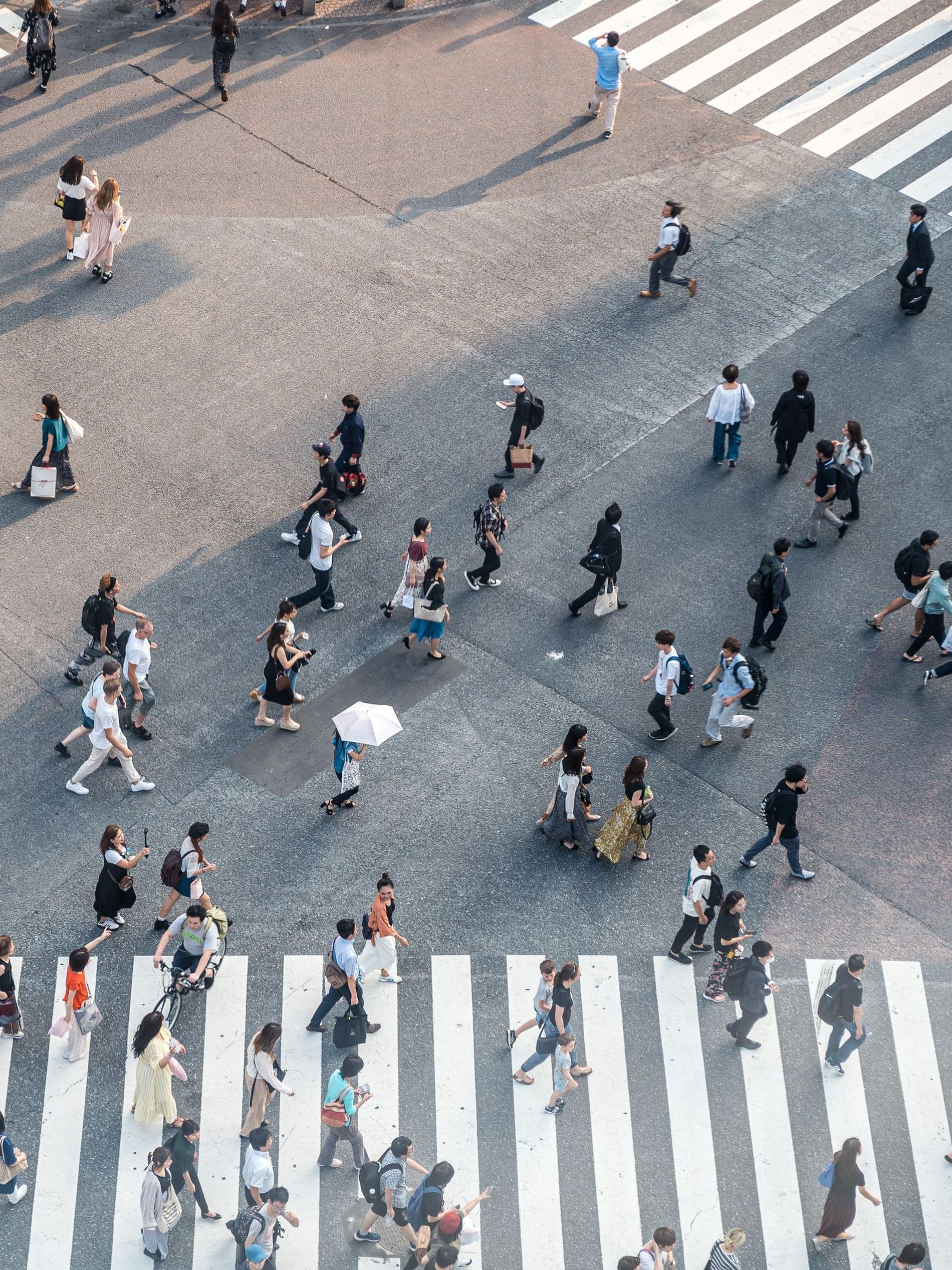
Shibuya Crossing.
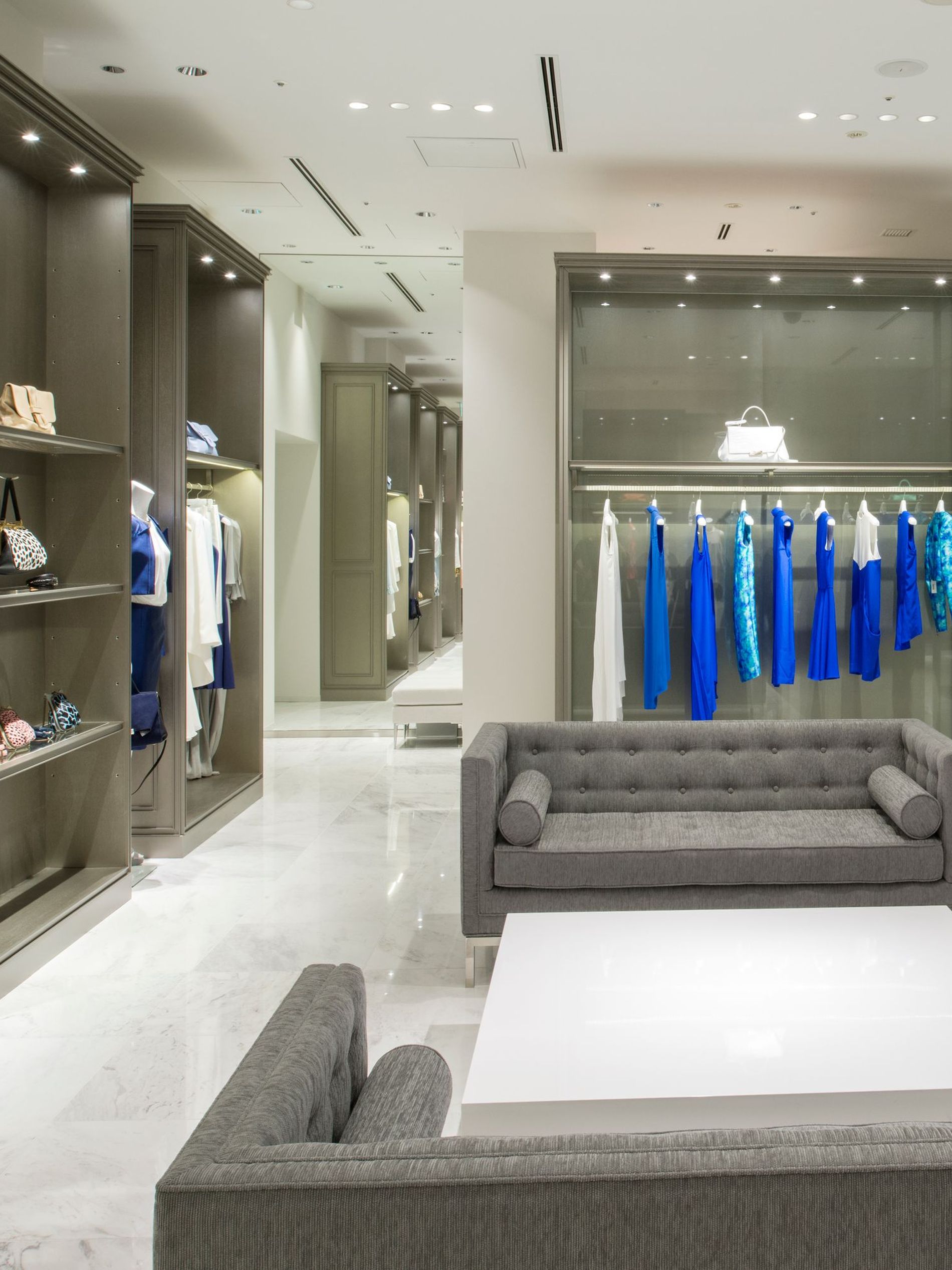
The Adeam store in Tokyo.
Whilst admiring the Adeam pieces in Ginza the following day, Maeda and I discussed the natural confluence between elements of Scandinavian and Japanese design and why that inspires her. Maeda expressed her love for how "Scandinavian design is clean and minimal, and fuses functionality with beauty. It seeks to elevate everyday life in a modern way.”
Across unmissable Tokyo museums like 21_21 Design Sight and Mori Art Museum, the architecture leans towards a minimalist aesthetic. The Sumida Hokusai Museum was designed by the Pritzker Prize winner Kazuyo Sejima. It was inspiring to see traditional woodblock ukiyo-e prints - a medium also used by the Swedish contemporary artist Mamma Andersson - like The Great Wave exhibited within a contemporary setting, which reminded me of visiting recently the newly-opened Munch Museum and National Museum Oslo.

The view of Tokyo from Roppongi Hills Mori Tower . Photo: Courtesy of Tokyo City View
It is worth devoting time to seeing the commercial galleries across Tokyo with their ever-changing programmes. Galerie Taménaga is known for presenting beautiful and thought-provoking exhibitions between Tokyo and their Paris space. Blum and Poe is a favourite that is also celebrated for their cutting-edge Los Angeles gallery. Another recommended stop is SCAI The Bathhouse in Yanaka, which is a gallery that was expertly-converted from a bathhouse, though the emphasis on wellness and onsen culture lives on. Finally, Kaikai Kiki Gallery which is housed in a nondescript office building, yet exhibits artists like Murakami.
In the Roppongi Hills, you’ll find the Mori Art Museum. Continue to the Shibuya Crossing and stop for a delicious dinner nearby at Sasha Kanetanaka, my favourite restaurant in Tokyo. It was designed by the Japanese architect and photographer Hiroshi Sugimoto who is inspired by nature like many Scandinavian artists from Olafur Eliasson to Klara Kristalova.
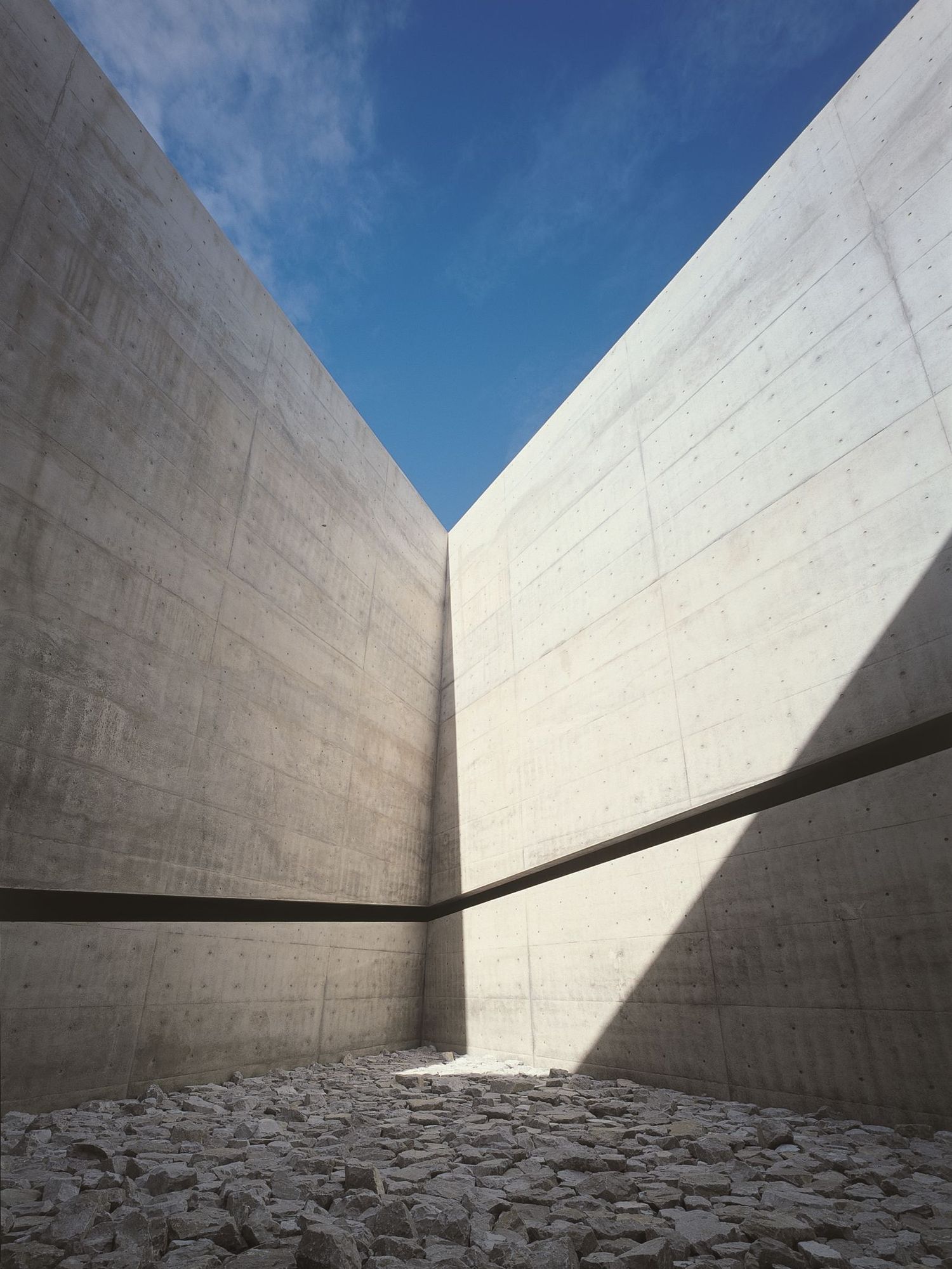
Chichu Art Museum. Photo: Mitsuo Matsuoka

Valley Gallery. Copyright of Yayoi Kusama. Photo: Masatomo Moriyama
After leaving Tokyo, Timothy and I continued exploring Japan by shinkansen or bullet train. We travelled to Kyoto to see the Kyocera Museum and Aman Kyoto as well as Naoshima Island, which reminded me of the natural beauty of Artipelag on the Stockholm archipelago. I was particularly inspired by the Seascapes series “Time Exposed” by Hiroshi Sugimoto at Benesse House Museum as well as the Chichu Art Museum. Designed by Tadao Ando, it brings together the work of Claude Monet, James Turrell and Walter de Maria.
